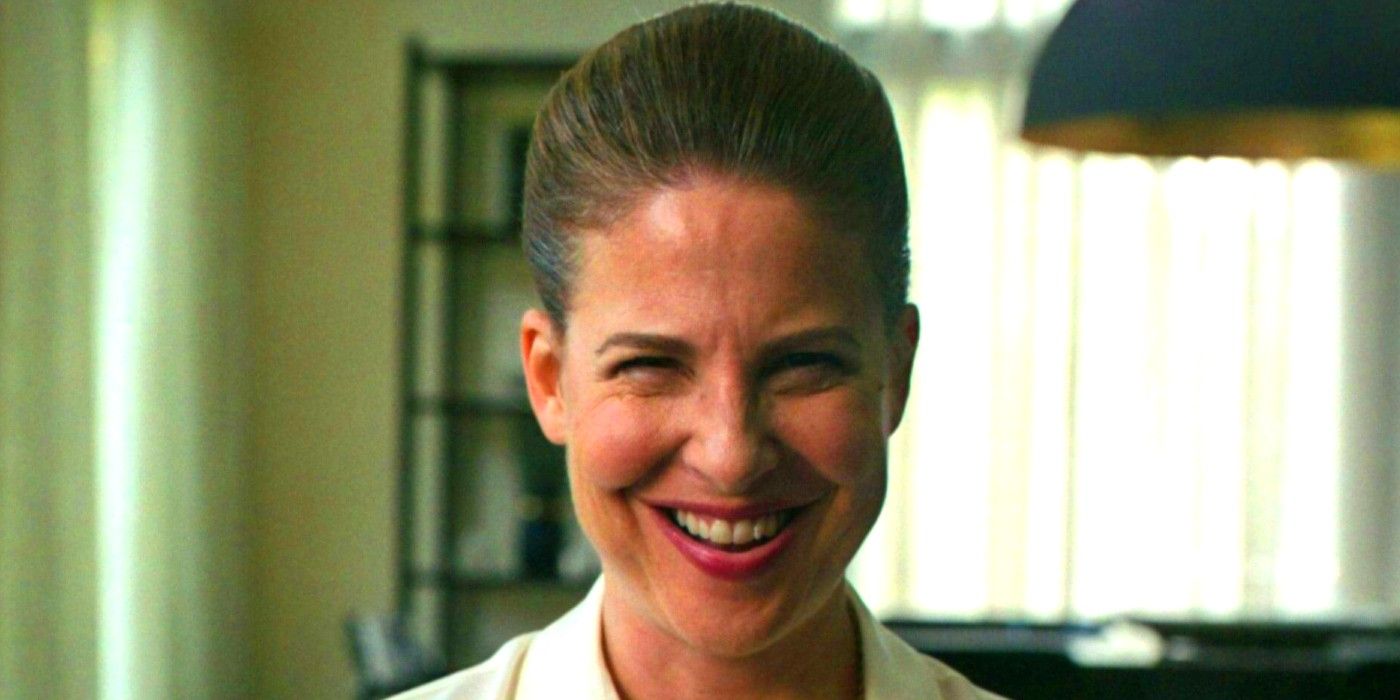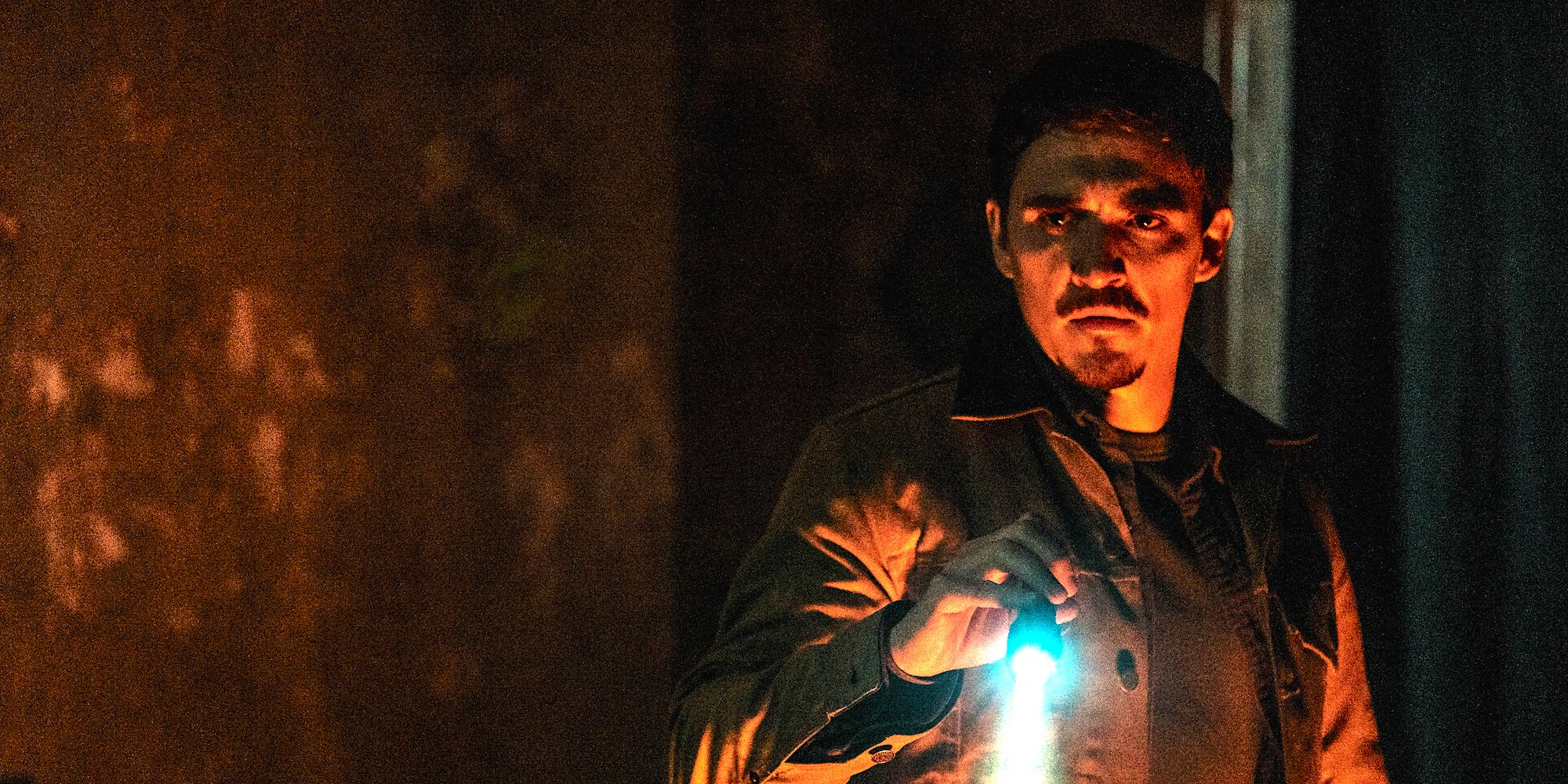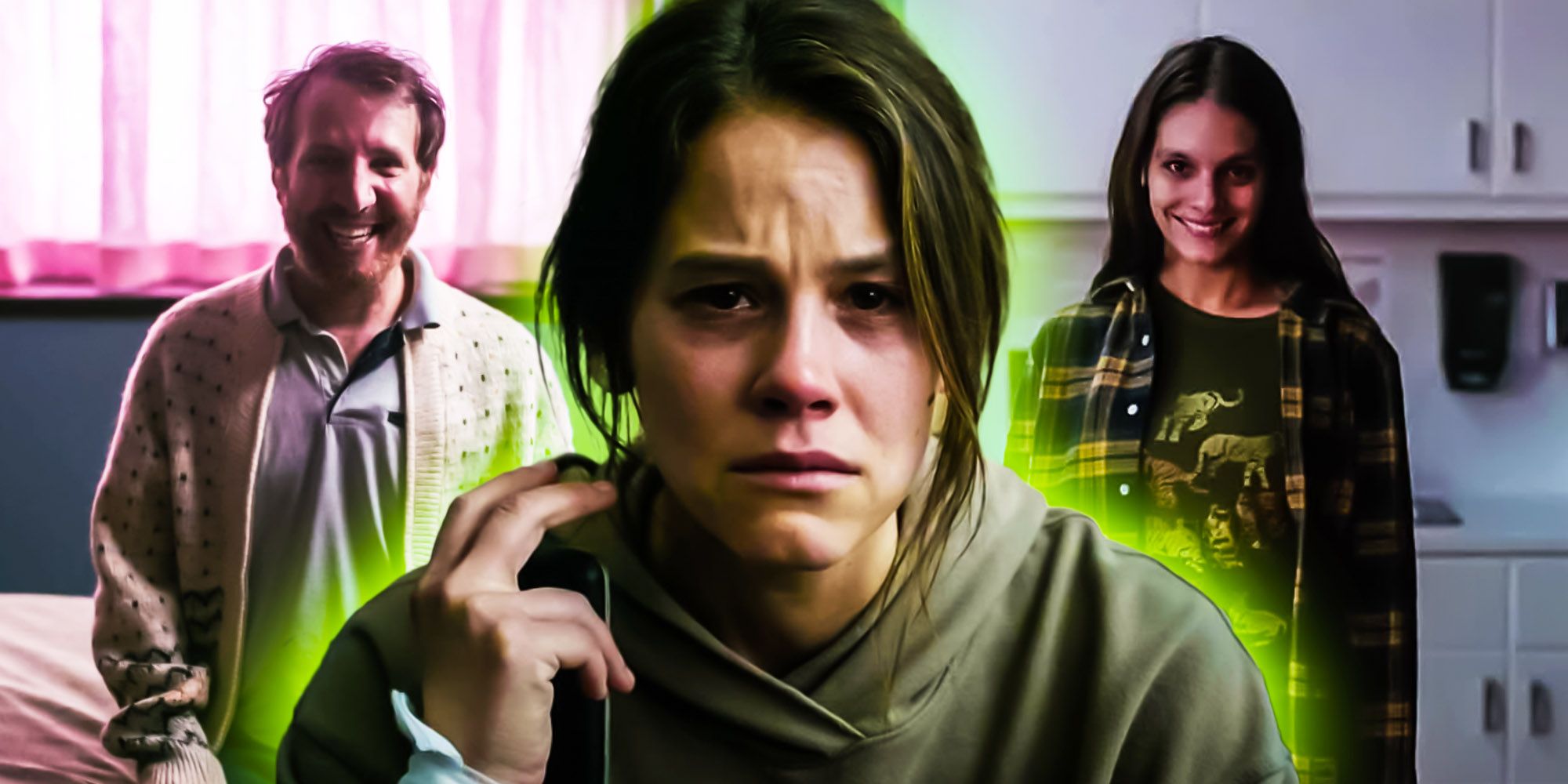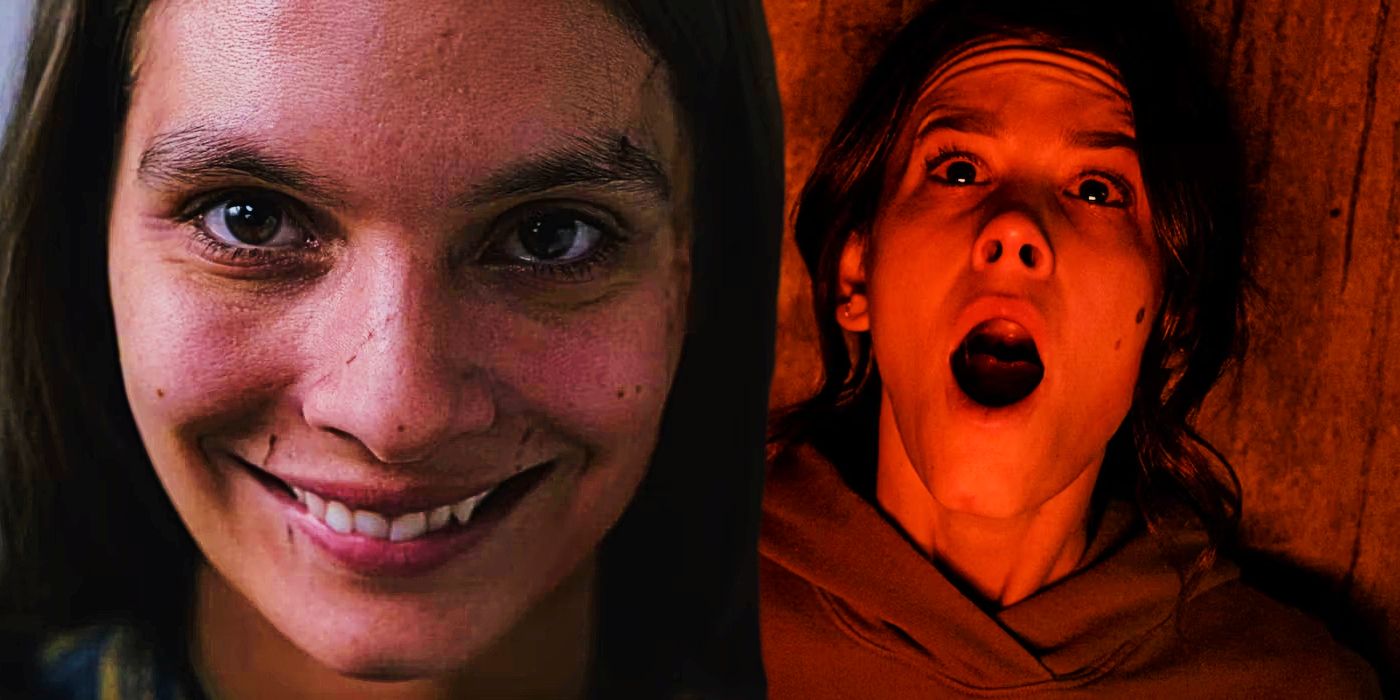Warning: Spoilers for Smile (2022).Although Smile does borrow from a lot of other successful horror movies, such as It Follows, Truth or Dare, and The Ring, it also improves upon the best aspects of these already successful chillers. With a box office opening weekend of $22 million, the movie is a financial success. However, Smile has also been accused of borrowing some of its most effective elements from earlier horror hits. Fortunately, it does these elements even better.
The history of horror cinema is defined by directors and screenwriters successfully reinventing familiar stories. If it weren't for John Carpenter’s influential slasher horror Halloween, viewers would never have gotten Wes Craven’s sharp, playful meta-slasher Scream. If it weren’t for the Scream franchise’s innovations, franchise reboots like Halloween and Texas Chainsaw Massacre wouldn’t be made. As such, it is understandable and excusable that some elements of Smile’s formula feel familiar.
What is impressive is the fact that Smile improved on a lot of the classics that the hit horror movie was accused of borrowing from. Smile got many storytelling elements right that those earlier movies didn’t pull off perfectly, from deciding not to dwell on the villain’s mysterious origins to leaning into the heroine’s isolation and maximizing the movie’s scares and psychological impact. While its story owes a debt to everything from It Follows and Truth or Dare to The Ring, that doesn’t stop Smile from improving on each of these movies in its taut, authentically terrifying story.
How Smile Builds On Earlier Horror Hits
Like The Ring, Smile’s story centers on a curse that lasts seven days. Like in It Follows, Smile’s curse follows the doomed person in the form of an unknowable entity, which resists explanation or categorization, can change its appearance at will, and can mask itself as the victim’s loved ones. Like in Truth or Dare, a goofy-looking smile signifies the presence of Smile’s entity. Like The Ring, It Follows, and Truth or Dare, Smile’s plot mostly sees the heroes as they try to track down information while eluding the monster and attempting to lift the curse. It is pretty difficult to deny that Smile owes a lot to other horror hits. However, the difference is in how Smile plays out these familiar tropes.
What Critics Got Wrong About Smile
While it is a classic horror movie cliché for a group of characters to split up, in the sort of horror movies that inspired Smile, friends tend to stick together. In the movie Truth or Dare, the demon pits a friend group’s members against each other via the titular game, and their friendship is tested as they must choose whether to save themselves or their friends. In It Follows, the heroine’s close group of friends stay loyal to her despite their proximity making them potential targets of the monster. In contrast, numerous critics have complained that Smile features a lot of characters abandoning the heroine instead of supporting her and that most of her family and friends dismiss her as “crazy” when she begins to break down. The thing is, that’s the whole point of Smile’s terrifying story, and it is the curse's ability to drive people away from their loved ones that make Smile’s villain so much scarier than the form-shifting entity of It Follows or Truth or Dare’s killer demon.
Smile’s Scariest Storyline Isn’t The Curse
Smile’s curse is undeniably gruesome, yes, but the problem that the heroine faces is that even she — a mental health professional with a stable home life, a committed partner, and supportive colleagues — can’t find any support or help when the curse singles her out. Sosie Bacon gives a terrific performance as the harried, constantly tense Rose, who was already overworked and undervalued before Smile’s monstrous entity sought her out and who has no one to turn to when she is faced with mortal peril. Rose is dismissed wherever she turns and finds that her work as a psychiatric doctor doesn’t make her any less susceptible to Smile’s chilling villain. Similar to the form-changing Pennywise of Stephen King's It, the entity in Smile can shape-shift. The creature takes the likeness of Rose's loved ones and can appear anywhere, but unlike the teen heroes of It, Smile’s Rose has no one willing to listen to her story and help her, except for Joel, a well-meaning ex-boyfriend who provides some support but proves helpless at crucial junctures.
Smile Is Darker Than Its Inspirations (And That’s Good)
Smile, even more than It Follows, Truth or Dare, and The Ring, is a relentlessly bleak movie. It Follows does present a disquieting metaphor for STIs and sexual trauma, but it also features a surprisingly hopeful ending wherein the heroine survives and her friends support her through everything. Truth or Dare features a bleaker ending, but it is also a sillier, campier style of horror movie overall. Even The Ring features an ending where the heroine manages to overpower the antagonist at least temporarily and secure safety for herself and her son.
In contrast, Smile ends with an unambiguous victory for the villain. The entity tricks Rose, overpowers her, climbs inside her, and, once it controls her movements, plasters that signature creepy smile on her face and sets her alight in front of Joel. It is brutally hopeless, but it makes sense in the context of Smile’s story. The entity is a metaphor for generational trauma — the characters literally note “this thing feeds on trauma” at one point — so it makes sense that it is not easily exorcised or explained and that Smile never says the monster can be beaten by willpower alone.
Smile is far more effective as a horror movie since it does not offer any easy, pat answers, and it doesn’t save its heroes solely because they are good people. While some terrible horror movies' bleak endings serve awful messages, Smile includes a brutal, unapologetically dark ending to hammer home how hard living with trauma can be, and to underline the importance of listening to people who are struggling rather than ignoring them.





